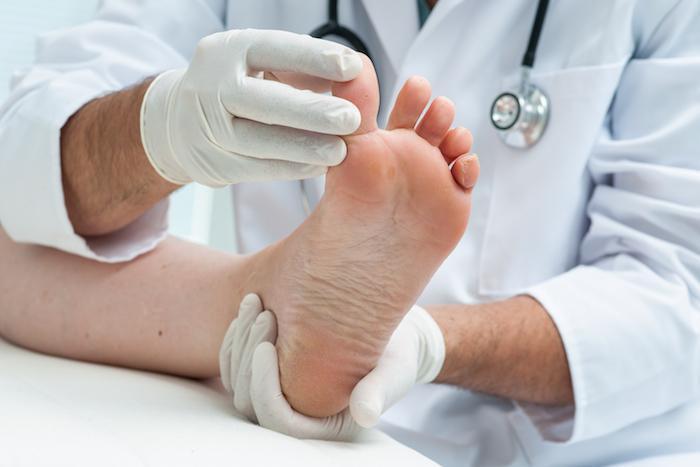Chances are good that you have experienced an ingrown toenail at some point in your life. This common toe injury can cause swelling, redness, and pain.
Sometimes, an ingrown toenail will go away on its own, perhaps with a little bit of help from you. However, there are times when you should see a doctor. In this blog, the providers at Great Lakes Foot and Ankle Institute explain how to treat an ingrown toenail and when you should see a doctor.
Causes of ingrown toenails
Ingrown toenails don’t usually happen on their own. They’re usually caused by improperly trimming your toenails. While it’s fine to trim your fingernails in a rounded shape, doing so with your toenails is a recipe for an ingrown nail.
Other causes of ingrown toenails include the following:
- Trimming your nails too short or at an angle
- Wearing shoes that pinch your toes
- Trauma, such as dropping something on your foot
- Repetitive injuries from playing sports.
Wearing high heels is especially detrimental because the shoes force your weight onto your toes.
Self-care measures that can help
Self-care actions may help you treat an ingrown toenail, but you should monitor it carefully to make sure it doesn’t show any signs of infection, in which case it would need medical attention. Some of the things can try include the following:
Soak your feet
Soak your feet in warm, soapy water for up to 20 minutes at a time. Castile soap works well for this because it’s very mild. You can add Epsom salt to the water if you wish. You can do this up to three times a day.
Wear comfortable socks and shoes
The best socks to wear when you have an ingrown toenail are moisture-wicking socks. These socks will draw moisture away from your toes, which is important. Combining moisture with an ingrown nail can lead to an infection.
Your choice of shoe matters, too. Wear sandals or go barefoot as much as possible to allow your feet to breathe. If you prefer to wear sneakers, make sure they have plenty of room in the toe area.
Wear a toe protector
With a toe protector, you place it over your ingrown toenail to provide padding and protection.
Take an over-the-counter pain reliever
Over-the-counter pain relievers can help you deal with the discomfort of an ingrown toenail. Acetaminophen or ibuprofen can work well, although ibuprofen can cause stomach discomfort. Make sure not to exceed the daily dosage amounts listed on the bottle.
When to see a specialist
Ingrown toenails can quickly turn into infections, which often manifest as red and swollen areas of skin. You may also notice pus under the skin, but it’s important to not pop the area. You should call Great Lakes Foot and Ankle Institute right away if you notice signs of an infection.
You should also call Great Lakes Foot and Ankle Institute if you have an ingrown toenail and also have diabetes. This is because infections can develop much quicker and become more serious in people with diabetes.
Some people are also prone to developing more frequent ingrown toenails. In certain cases, the entire toenail may need to be removed as a preventative measure.
If you have an ingrown toenail, we can treat it right in the office. We may recommend wearing a simple splint. We may also suggest a minor surgical procedure in which we remove part of the toenail to let the toe heal properly.
If you think you have an ingrown toenail, we can give your toe the care it needs. To learn more, book an appointment over the phone with Great Lakes Foot and Ankle Institute today.







